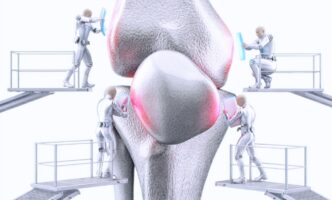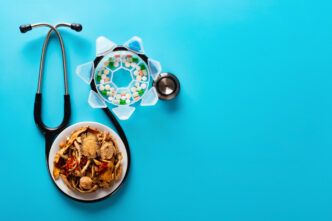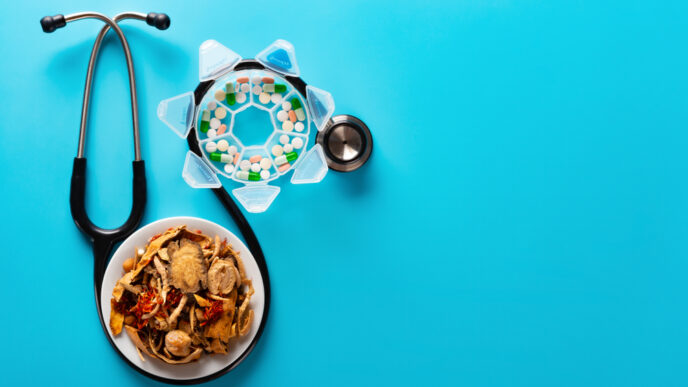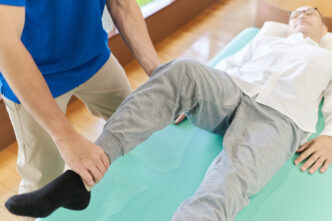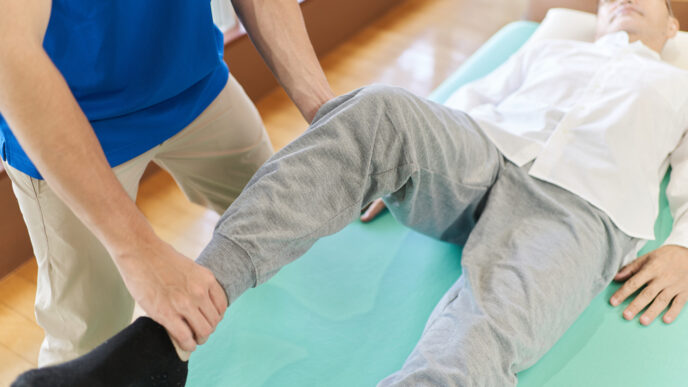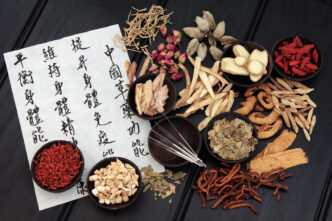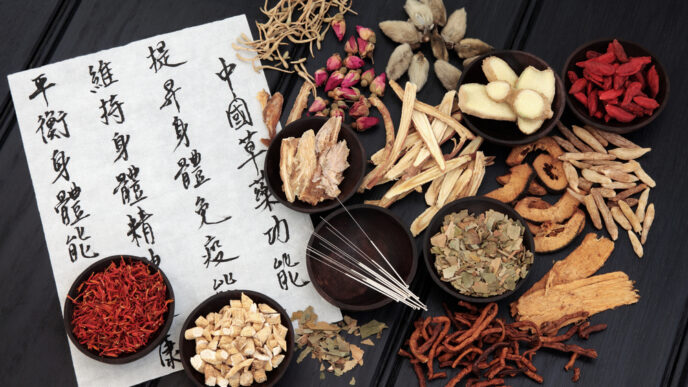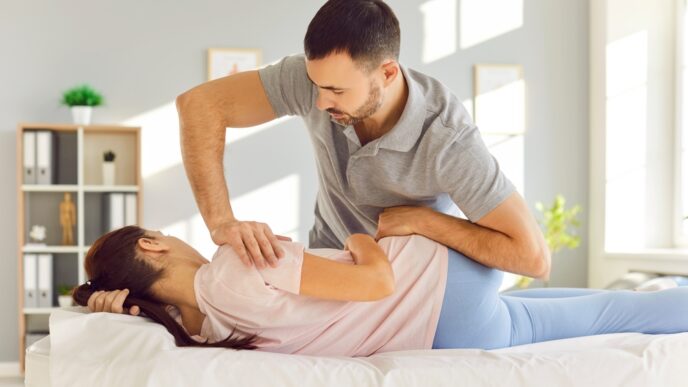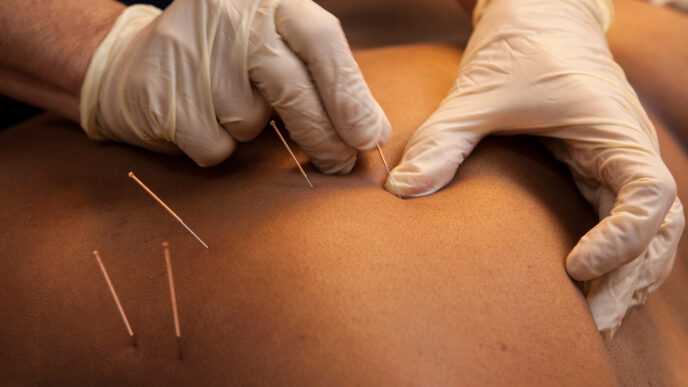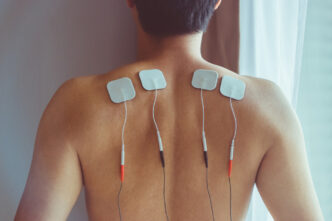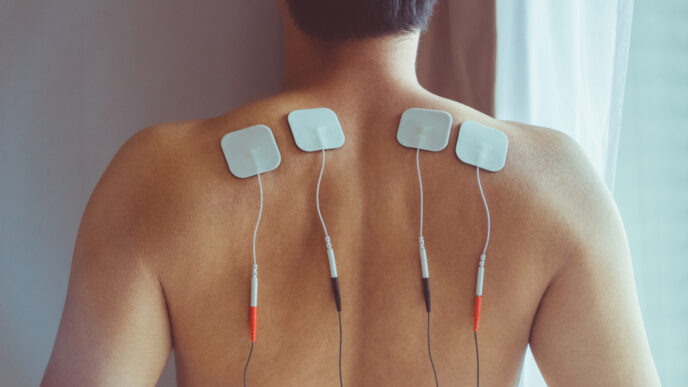Knee replacement surgery is a common and proven treatment for severe osteoarthritis and other serious knee problems. While standard rehabilitation — including physical therapy, pain management, and mobility exercises — remains the mainstay of recovery, traditional and complementary medicine (TCM) is increasingly being used alongside conventional care.
WORDS ASSOCIATE PROFESSOR DR LIM REN JYE
 FEATURED EXPERT FEATURED EXPERTASSOCIATE PROFESSOR DR LIM REN JYE Medical Director and Integrative Medicine Consultant Sunway TCM Centre |
#1 SCAR RELEASE ALIGNMENT THERAPY (SRAT)
- SRAT is a hands-on therapy that focuses on loosening tight connective tissue (called fascia) and realigning scar tissue after knee replacement surgery.
- This helps improve movement, reduce pain, and restore muscle function.
- Although much research has been done on knee surgery recovery, the effects of internal scar tissue and fascia tightness — especially along the back of the body — are still not widely studied. SRAT addresses this often-overlooked issue to support better long-term recovery.
How Does It Help?
- Research has shown that therapies like SRAT, which release tight fascia and scar tissue, can help improve pain, flexibility, and joint movement.
- It also enhances how soft tissues respond and move after surgery.
Benefits of SRAT
- Helps reduce pain by calming over-sensitive nerves and tight tissues.
- Improves joint movement and overall independence.
- Encourages scar tissue to settle in a healthier, more flexible pattern.
When and How Is It Done?
- Start time. Usually from the second week after surgery.
- Session length. Around 15 to 60 minutes, depending on how complex or tight the scar tissue is.
- How often. Typically once a week for 3 to 4 sessions, followed by systemic realignment manipulation (SRM).
| SRM is a follow-up manual therapy that works on the rest of the body’s fascia and posture, aiming to correct imbalances that may have developed during the injury and recovery period. It complements SRAT by ensuring the entire musculoskeletal system stays properly aligned and mobile. |
#2 HERBAL THERAPY
- Herbal medicine can play a supportive role in recovery after knee replacement surgery.
- Certain herbal formulas, taken as powders (granules) or herbal teas (decoctions), are used alongside standard rehabilitation to help manage inflammation, ease pain, and support the immune system.
How Does It Help?
- Studies have found that herbal treatments may improve healing, reduce inflammation, and speed up recovery.
- Some formulas can also help manage common post-surgery problems like poor digestion, trouble sleeping, and anxiety.
Benefits of Herbal Therapy
- Reduces swelling and inflammation after surgery.
- Helps manage pain naturally, potentially lowering the need for regular pain medications.
- Supports the body’s overall recovery, including digestive health, stress levels, and hormonal balance.
When and How Is It Used?
- Start time. Can begin as early as 24 to 48 hours after surgery.
- How often. Typically, twice a day for up to 6 months, depending on the individual’s needs and response to treatment.
| Herbal medicine should always be prescribed by a qualified practitioner to ensure safety and avoid interactions with other medications. |
#3 THERAPEUTIC MASSAGE
- Massage therapy is commonly used after surgery to ease muscle tightness, improve blood flow, and support lymphatic drainage, which helps reduce swelling.
- Some massage sessions also include aromatherapy, such as using lavender essential oil, which may help reduce stress and anxiety after surgery.
How Does It Help?
- Studies have shown that massage after knee replacement can lower pain levels, improve joint flexibility, and reduce stiffness.
- It also encourages better circulation and may help speed up wound healing.
Benefits of Massage Therapy
- Relieves pain and muscle spasms.
- Improves blood flow and healing in the affected area.
- Reduces stress and promotes relaxation, supporting overall recovery.
When and How Is It Used?
- Start time. Can be started before and after surgery.
- Session length. 30 to 60 minutes.
- How often. Typically once a week
#4 INTEGRATIVE MOVEMENT THERAPY
- BaDuanJin and tai chi are gentle, low-impact exercise routines made up of slow, controlled movements.
- These therapies help improve body awareness, balance, and coordination — all of which are important for safe movement and recovery after knee replacement.
How Does It Help?
- Research has shown that practices like tai chi can improve balance, reduce post-surgical pain, and help patients move more easily.
- These exercises also encourage mental relaxation and can make it easier for patients to stick with their rehabilitation programs.
Benefits of Integrative Movement Therapy
- Improves balance and coordination.
- Supports muscle strength, joint alignment, and posture.
- Reduces stress and tension, improving adherence to rehab routines.
When and How Is It Used?
- Start time. Once the patient’s mobility is stable and cleared for light exercise
- How often. 3 to 5 sessions per week.
| For more information on BaDuanJin, click here for traditional Chinese medicine practitioner Angeline Zhong’s article on this topic. |
CONCLUSION
By combining TCM with modern rehabilitation techniques, recovery after knee replacement surgery can be made more effective and comprehensive.
Therapies like scar tissue mobilization, acupuncture, herbal medicine, massage, and structured movement offer additional benefits for managing pain, restoring movement, and improving overall quality of life.
- SRAT and massage: Help release tight tissues and scar adhesions
- Acupuncture: Relieves pain and supports nerve and muscle recovery
- Herbal medicine: Aids in reducing inflammation and supporting whole-body healing
- Integrative movement therapy: Enhances balance, strength, and mobility
Using a multidisciplinary recovery plan not only helps reduce post-surgery complications but also improves long-term joint health and patient well-being.
| This article is part of our series on traditional and complementary medicine. |
References:

